Resources
Newsletter
Stay up to date and with the latest news, projects, deals and features.
Subscribe
Federal Treasurer Jim Chalmers has delivered the Federal Budget for 2024-2025, saying his third budget focusses on addressing inflation.
“This will be a responsible budget which eases cost‑of‑living pressures and fights inflation, and invests in a Future Made in Australia,” Chalmers said at Parliament House in Canberra yesterday.
It is also the first time there have been back-to-back surpluses in nearly two decades with a forecast of $9.3 billion for 2023-2024.
However, this means the deficits are ahead, with forecasted deficits of $28.3 billion for 2024-25, $42.8 billion for 2025-26, $26 billion for 2026-27 and $24.3 billion for 2027-28.
So, what does this budget mean for the sector?
The Treasurer announced $11 billion in funding for housing during the weekend ahead of the Budget announcement.
Of that, $9.3 billion is for the five-year National Agreement on Social Housing and Homelessness to provide crisis support and build social housing.
An additional $1 billion is for crisis and transitional accommodation for young people and women and children leaving domestic violence situations.
Another $1 billion is for much needed trunk infrastructure for new housing supply.
Property Council of Australia chief executive Mike Zorbas welcomed the funding.
“We know a major hurdle to getting new homes out of the ground is delays on supporting infrastructure—including water, energy, telecommunications and road connections.” Zorbas said.
“This additional $1 billion means new homes will get built faster.”
However, Urban Taskforce chief executive Tom Forrest said $1 billion won’t be enough.
“[T]hat won’t stretch far across the eight states and territories,” Forrest said.
“With less than seven weeks to the start of the National Housing Accord, tonight’s Budget needs to contain more money for the states to deliver roads, water, and other housing enabling infrastructure.”
Under the accord the current federal government wants to deliver 1.2 million homes by 2030.
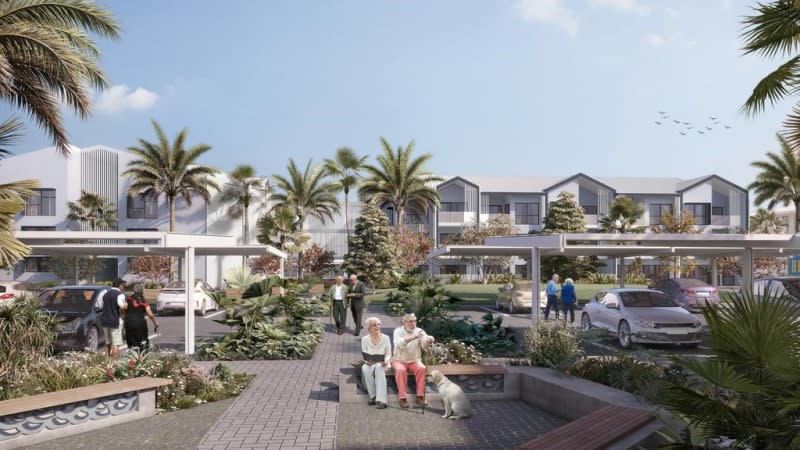
As previously revealed, there will be $166 million to improve anti-money laundering reporting obligations for the real estate sector.
Another $1.9 billion will be allocated to increase the Commonwealth Rent Assistance by 10 per cent.
Retirement Living Council executive director Daniel Gannon queried why older people were excluded from the budget.
“The number of people aged over 75 around the country will increase by 70 per cent by 2040, which should lead to governments prioritising what is required to house this ‘silver tsunami’,” Gannon said.
“Instead, it’s radio silence on why purpose-built seniors’ housing still hasn’t been included in the Prime Minister’s 1.2 million new homes target and what the government’s response is to the Aged Care Taskforce recommendations.”
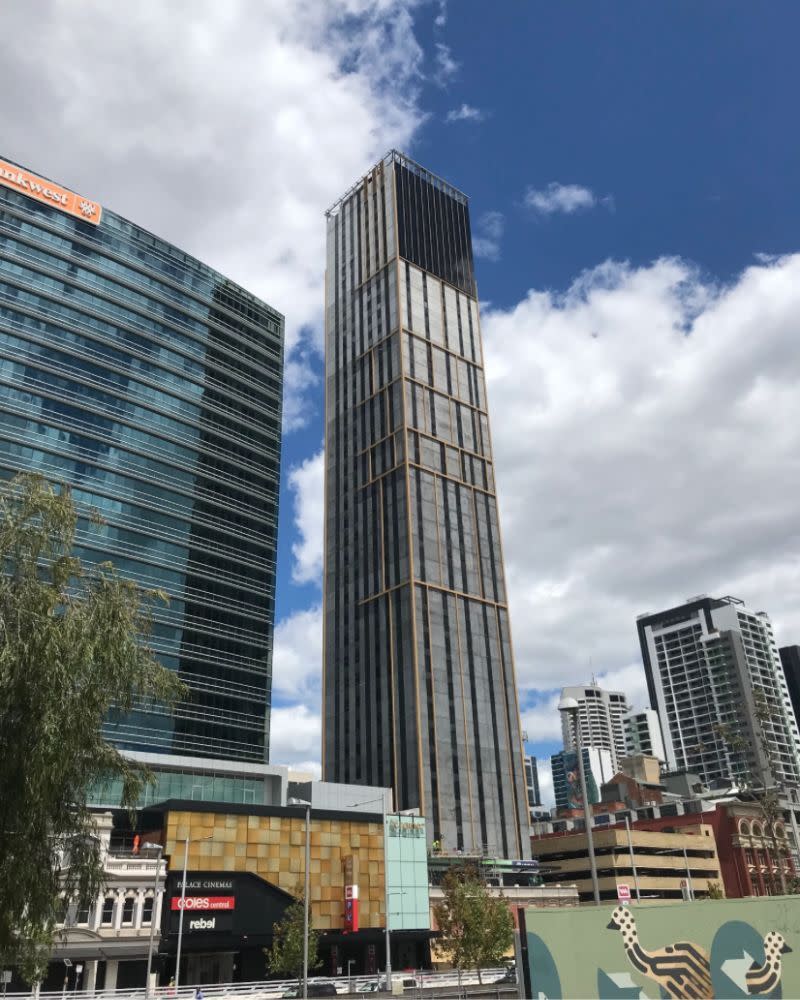
As part of the budget, universities will now be required to increase the supply of purpose-built student accommodation, a measure aimed at reducing competition for private rental accommodation.
“These projects are the fastest way to add housing choice for young people and take pressure off the broader rental market,” Zorbas said.
That is good news for developers, according to the PCA’s Student Accommodation Council executive director Torie Brown.
“We know the fastest way for universities to add the student accommodation they need is to partner with the private sector,” Brown said.
PBSA developer Scape chief executive Anouk Darling said all levels of government must be aligned.
“Inconsistencies at the state level create uncertainty for investors,” Darling said.
“For instance, Victoria grants exemptions to build-to-rent projects while imposing taxes to PBSA that discourage investment.
“This creates a mixed message that is not conducive to a vital PBSA sector.”
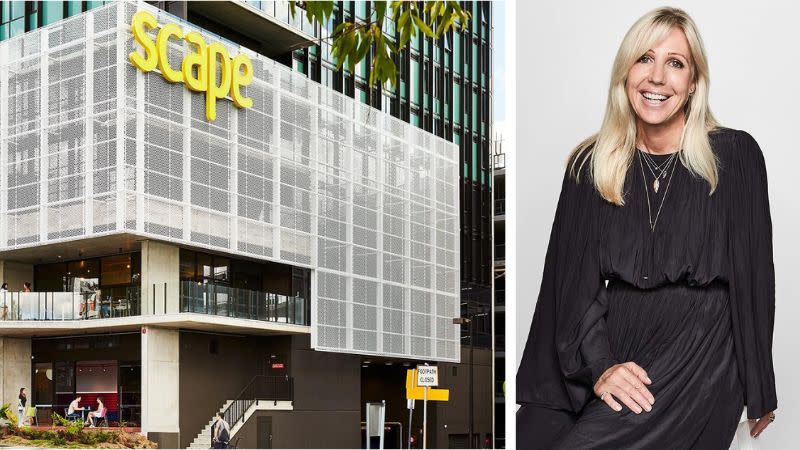
With construction labour costs and skilled labour shortages delaying work, the federal government announced $90.6 million to increase the number of skilled workers in the sector.
Around $88.8 million of that will provide 20,000 new Fee-Free TAFE training places over the two years from January 1, 2025.
The Fee-Free TAFE program supported more than 355,000 student enrollments nationwide up to December 31, 2023 including more than 24,000 construction sector enrolments with more than 3000 women enrolled.
Another $1.8 million will streamline the skills assessments process for 1900 potential migrants with suitable qualifications for the construction and housing sectors.
That funding will also help process 2600 Trades Recognition Australia skills assessments in specific occupations.
The question is whether it will be enough money and delivered quickly enough to address the skilled labour shortage.
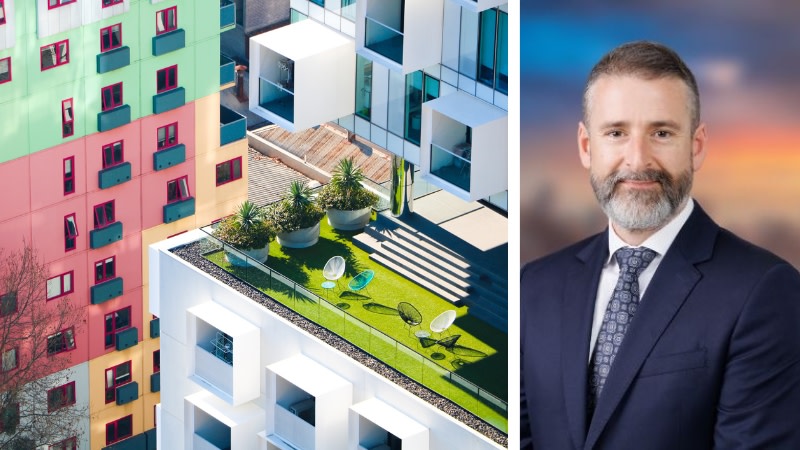
“While the extra skills and training funding in the Budget ... is welcome, we need more than training alone to turn out the construction workforce Australia requires at the speed we need,” Zorbas said.
“With only 1.8 per cent of migrants coming into the country over the past 20 years focused on construction work, we need to ensure we boost the share of who will build our future homes.”
Construction union CFMEU national secretary Zack Smith welcomed the funding.
“This investment will mean more apprentices and trainees will get the training they need to build critical housing and infrastructure that Australia desperately needs,” Smith said.
“Our union’s training organisations have an impressive record of helping more Indigenous workers and women find construction jobs, so more support will make a real difference.”
Wooing back foreign investors is, as is the case for many in the property sector, on Chalmer’s mind.
The Treasurer announced changes to the foreign investment framework including screening foreign investment in critical projects; improving the capabilities of the compliance team; bringing the framework into alignment with other regulations; and, ensuring foreign investors pay tax.
Repeat investors will have reductions in the necessary paperwork and known investors in non-sensitive sectors will have access to sped up approval times.
From January 1, 2025 there will be a target to process 50 per cent of cases within a month with incentives for early applications and fee refunds for unsuccessful applications.
“In a fiercely competitive global environment for capital, it makes sense to encourage and simplify the frameworks for foreign investment flowing into our economy,” Property Council group executive for policy and advocacy Matthew Kandelaars said.

Monash University associate professor of the Faculty of Law Dr Emmanuel Laryea said it was a positive sign for developers.
“I think the proposed changes favour investors in new housing, particularly build-to-rent, but makes things more difficult for foreign investors going for established (existing) homes,” Laryea said.
The Budget includes $16.5 billion for new and existing infrastructure projects over the next decade with $4.6 billion for 69 new projects.
That includes $1.9 billion for 14 projects in Western Sydney to build key freight and traffic routes to the new Western Sydney Airport.
Property Council of Australia Western Sydney regional director Ross Grove said the funding would help drive development.
“This funding—the largest package we’ve seen since the airport location was confirmed a decade ago—changes the game for the Western Sydney Aerotropolis,” Grove says.
“For too long, turnkey investors would meet with development-ready landowners with great intentions, only to be put off by a lack of certainty around when the enabling roads would be delivered.”
The ACT will get $100 million for cycling and walking trails and $50 million in addition to the already allocated $343.9 million for Canberra’s light rail project.
Perth’s Westport project will get $33.5 million to shift port operations from Fremantle to Kwinana.
Western Australia also gets $300 million for capacity signalling for its METRONET rail network.
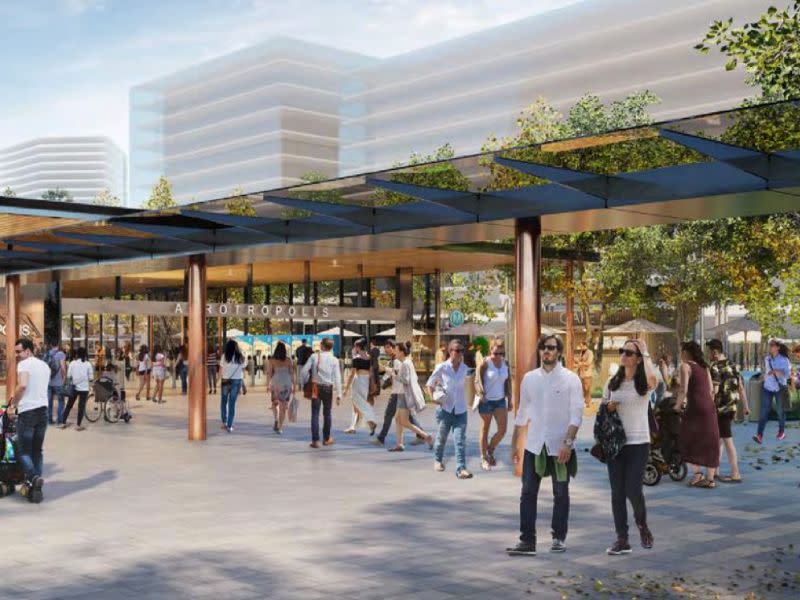
Queensland gets $177 million for Warrego Highway upgrades, Tasmania gets $80 million for Lyell Highway upgrades and South Australia gets $120 million for Princes Highway upgrades.
The Australian Rail Track Corporation’s Inland Rail project has been allocated $540 million including $150 million to upgrade Victoria’s Maroona-to-Portland line.
Another $10.1 billion will be allocated to help deliver current projects including $3.25 billion for Victoria’s North East Link, $1.4 billion for Western Australia’s METRONET projects, and $1.15 billion for Queensland’s Direct Sunshine Coast Rail Line.
There will also be $50 million for New South Wales’ Appin Road project, $27.1 million for ACT’s William Hovell Drive duplication and $158 million for project planning under the Major Projects Business Case Fund.
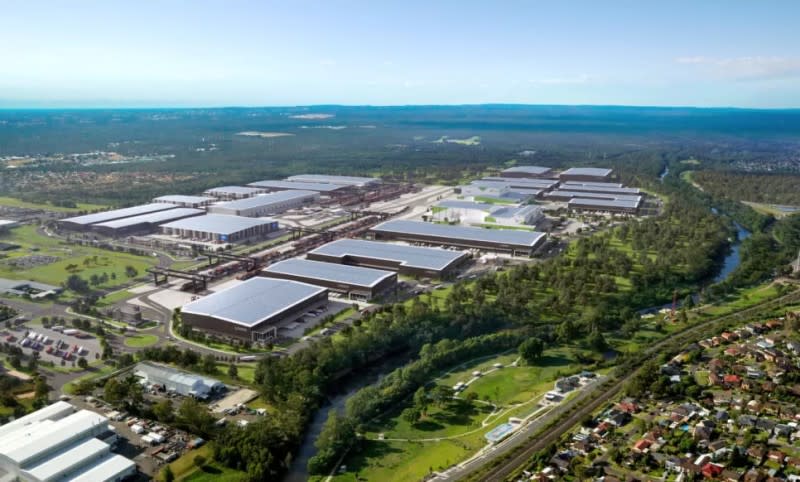
The Australian Institute of Sport will get $249.7 million, while $10 million has been earmarked for the Bruce Precinct Master Plan in the ACT and $22.5 million for infrastructure maintenance and repair in the Indian Ocean Territories, Jervis Bay Territory and Norfolk Island.
Opportunities exist for developers within policies in the Budget.
The Federal Government’s $22.7-billion Future Made in Australia policy will focus on bringing back manufacturing and targeting green industry.
It has two streams: the Net Zero Resilience Stream to help Australia’s economy move towards net zero targets and the Economic Resilience and Security Stream to help the economy remain stable despite what happens outside our borders.
The latter is a reaction to regional tensions, supply chain disruptions, and Australia’s exposure and dependency on overseas imports instead of domestic production.
Locally produced goods will help developers cut costs with opportunities to develop the facilities required for domestic manufacturing, renewable energy and for defence capabilities also on the table.
The National Defence Strategy will have $50.3 billion to spend over the next few decades on upgrading facilities and ordering weaponry.
“For all its hype, the government’s Future Made in Australia plans are in the immediate term relatively modest, with much of the proposed $22.7 billion spending pushed out to 2027-28,” Ai Group chief executive Innes Willox said.
“Given our needs and comparative advantages, the government has picked worthwhile sectors for potential future investment but for now there is a worrying lack of clarity on how the program will be managed.”
There will also be a National Planning Reform blueprint created to map out land for development, streamline planning approval processes which RSM Australia’s principal Myles Pover says would help.
“There are barriers in the state and local planning processes,” Pover said.